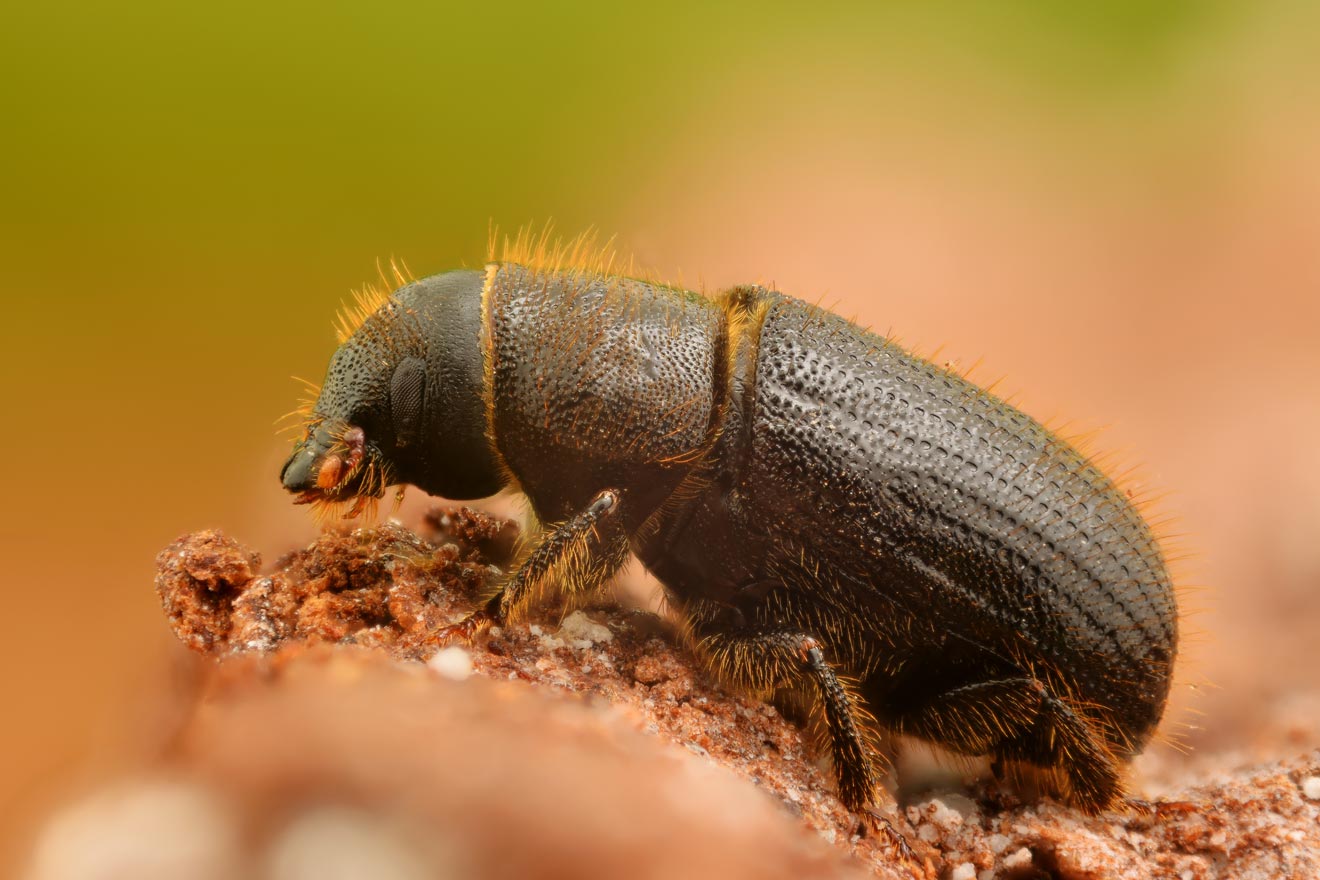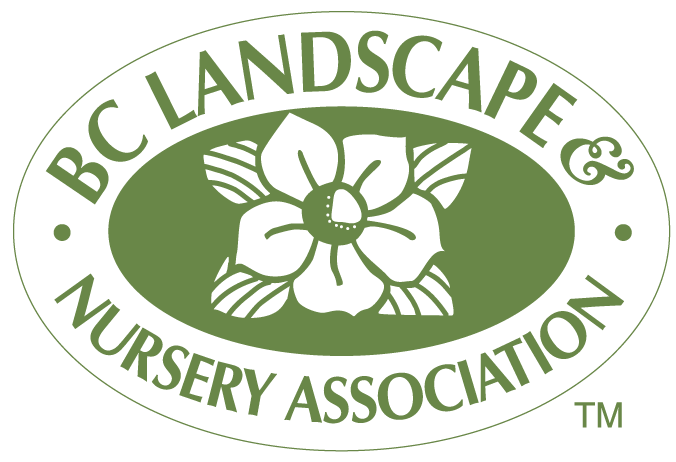Dutch Elm Disease
Dutch Elm Disease
ophiostoma ulmi
Dutch Elm Disease (DED)
Dutch Elm Disease (DED) is a fatal fungal disease that affects all elm trees, although Siberian elm trees appear to have some resistance. It was recently confirmed in two trees in the interior of BC. Preliminary observations indicate that the disease may have spread within the area. Many nurseries close to the area grow elm trees for local and export markets in the prairie provinces. Elm trees are valued for their cold hardiness, their canopy and their resilience to urban stresses in municipalities and parkways.

This disease, like many tree diseases, is often spread through the movement of firewood. Another vector is the elm bark beetle which can spread the disease if it has been exposed to it. BC nursery growers control for these beetles when shipping their young plants to the prairie provinces. Elm trees should not be pruned between April 1st to September 30th to control the spread of the disease.
Dutch Elm Disease is a federally regulated disease and a regulated area is anticipated shortly. Movement of elm will be controlled once the regulated area is established. Sampling distressed elms and having them tested for DED will enable regulators, municipalities and the industry to determine the extent of the spread and potential for eradication.
BCLNA is co-chairing in the BC Plant Protection Advisory Council’s Dutch Elm Disease Technical Subcommittee and chairing the Industry Working Group. BCLNA also partnered with the Invasive Species Council of BC in an informational webinar on DED for horticulture practitioners and municipalities.


